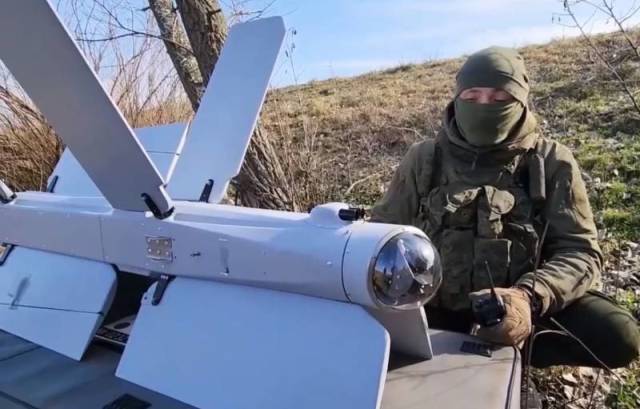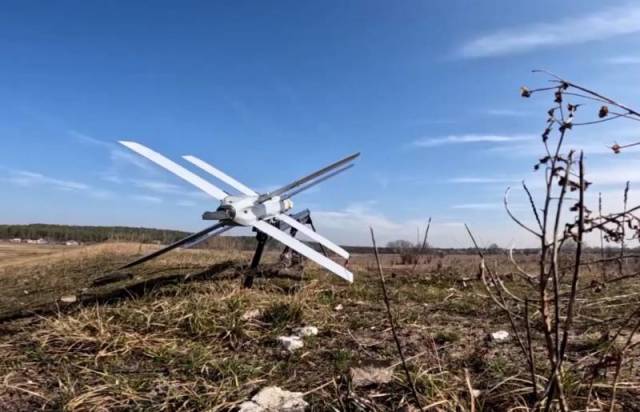
Image source: topwar.ru
The massive use of kamikaze drones "Lancet" leads to significant losses of the Armed Forces in military equipment, especially the fleet of towed artillery and self-propelled guns of Western origin suffers. Despite the silence of the problems in the Ukrainian army, the Western press could not ignore this fact.
- indicated in the Army Recognition publication.
According to the author, during the summer of 2022, drones began to be used much more often, and by the fall the peak of their combat activity was reached. As noted, the UAV has a unique design called "Double X" ("Double Cross"):
The author believes that the maneuverability of the UAV is due to its non-standard aerodynamic configuration, called "Double X" ("Double Cross"), "which most modern kamikaze drones do not have."
- explain in the publication.
According to the author, the Lancet is sometimes compared with the American Switchblade-600, but the latter does not have the function of defeating enemy UAVs, and a special transport and launch container is needed to launch them into the air (for the Russian equivalent, a conventional catapult is enough), which makes it difficult to use them in conditions of intense combat
In its latest modification, the Lancet-3 is equipped with improved optics, and the presence of a thermal imager makes it possible for the drone to work around the clock, it does not require satellite navigation and is able to independently conduct reconnaissance and attack targets.
- indicated in the publication.

Image source: topwar.ru
According to the author, as part of the special operation, the Armed Forces of the Russian Federation can use up to 1.5 thousand UAVs in various versions, which gives them the opportunity to hit any targets, from the Buk air defense system to American M777 guns and Polish 155-mm Krab self-propelled howitzers and ammunition depots for them.
- the author writes.
As he explains, in October 2022, the AFU urgently requested another 1.1 thousand Phoenix Ghost kamikaze UAVs from the United States, although Washington had previously transferred 700 drones of this type to the Kiev regime, but they were mainly used for reconnaissance, and did not strike at Russian positions. According to the author, most likely, this may be due to the deployment of the Krasukha electronic warfare systems, which suppresses the control channels of drones.
- the author concludes.
